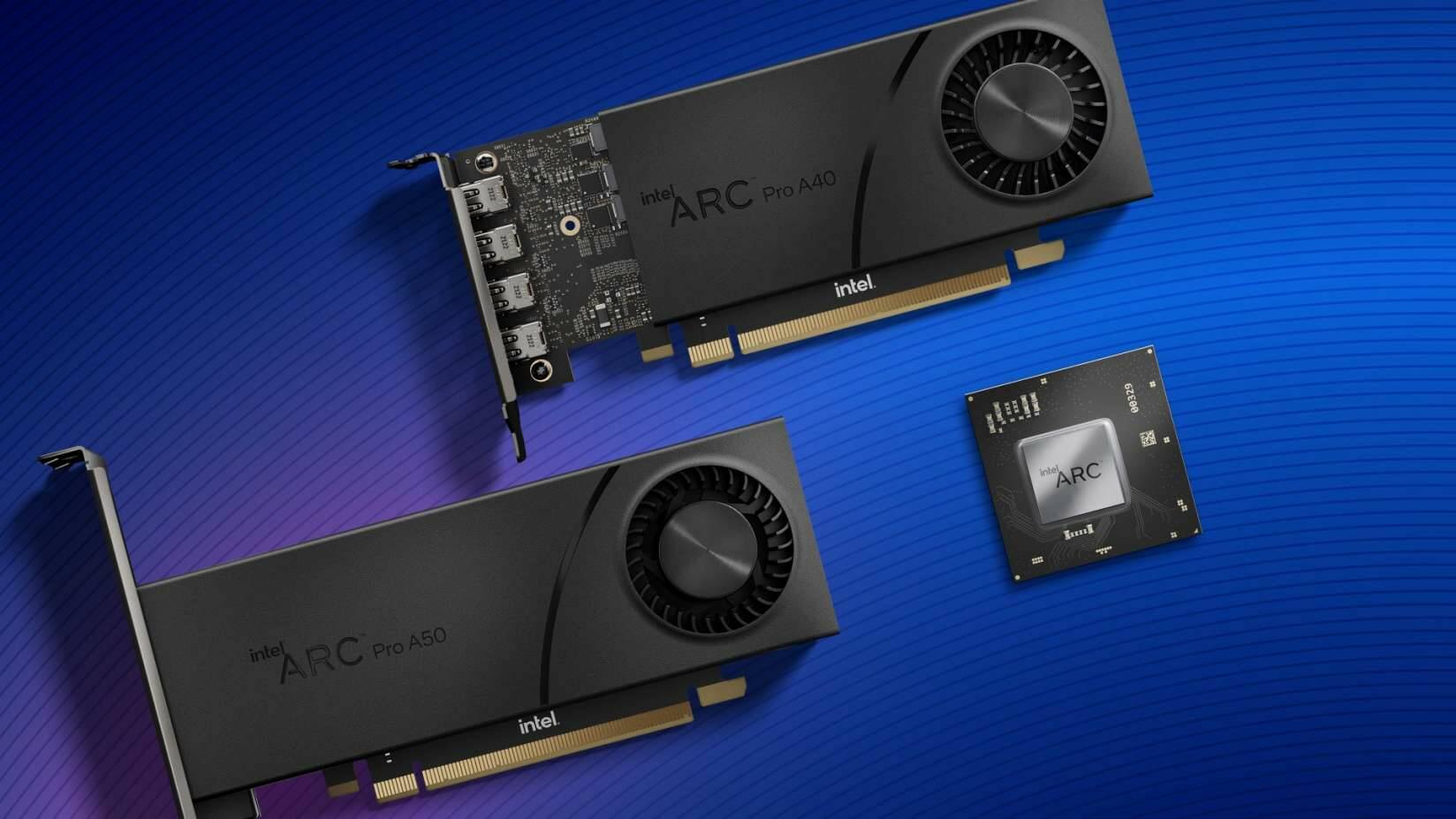Two Years After Entering The Graphics Card Game, Intel Has Nothing To Show For It

Comment Add-in board (AIB) market share figures for Q2 2024 are out and despite an uptick in overall sector shipments, relatively recent entrant Intel registered at zero percent.
The data compiled by Jon Peddie Research (JPR) reveals a significant surge in global AIB volumes, up 47.9 percent year-on-year to 9.5 million units and up 9.4 percent quarter-over-quarter from 8.7 million.
Yet since Intel introduced its first dedicated AIB – or graphics card – via the Arc Alchemist microarchitecture in March 2022, the company has seemingly failed to capture meaningful market share from either Nvidia or AMD, at least according to JPR.
Despite the surge in shipments driven by demand for datacenter, AI, and gaming workloads, Intel remains the odd one out. Nvidia dominates the AIB market with share at 88 percent, while AMD holds around 12 percent. the analyst placed Intel at 0 percent.
Nvidia units swelled 61.9 percent year-on-year and was up 9.7 percent quarter-on-quarter due to its chokehold on the AI and gaming sectors. In contrast, AMD edged up 3 percent year-on-year and grew 9 percent quarter-on-quarter on the back of steady demand in the mid-range AIB market.
Intel, however, continues to flounder and has yet to follow up its initial product launch with anything new: the Battlemage and Celestial architectures have yet to hit the market.
When Intel first teased its Arc GPUs, there was a lot of buzz. Could Chipzilla translate its experience in processors to AIBs and perform as well in the dedicated graphics market as it has elsewhere?
- Intel finally has a new GPU – for cars
- Desktop GPU shipments jumped by a third – no thanks to AI PCs
- Intel debuts Arc discrete GPUs for laptops
- Intel reveals GPU roadmap with hybrid integrated discrete graphics
On launch, the company talked a big game about disrupting the duopoly of Nvidia and AMD. Intel promised its products would be affordable and competitive, with options for gamers, creators, and enterprise users. Just over two years in, the reality hasn't lived up to the hype. Intel has suffered some technical setbacks, including driver instability and immaturity, which is a given for a new player in the market. The other stumbling block is performance related, although Intel has consistently released new driver updates looking to address this.
From here, Intel's movement into the AIB market seems to have been a dud, particularly considering the company's poor financial position and rivals expressing interest in acquiring assets. If Intel can't even dent a full percentile of AMD's market share, it seemingly doesn't stand a chance.
Unless Intel can recapture some of that earlier buzz with the upcoming Battlemage AIBs between now and the end of 2025, its goal of being a major player in dedicated graphics appears more likely to be a pipe dream.
Intel needs to focus on its pedigree in microprocessors rather than trying to enter a market locked down by Nvidia because the issues around its 14th and 13th gen Core series families haven't done its reputation any favors. Nvidia's dominance in the broader graphics market looks unlikely to change as we enter the age of AI, nor will its chokehold on the AIB industry, at least not any time soon. ®
From Chip War To Cloud War: The Next Frontier In Global Tech Competition
The global chip war, characterized by intense competition among nations and corporations for supremacy in semiconductor ... Read more
The High Stakes Of Tech Regulation: Security Risks And Market Dynamics
The influence of tech giants in the global economy continues to grow, raising crucial questions about how to balance sec... Read more
The Tyranny Of Instagram Interiors: Why It's Time To Break Free From Algorithm-Driven Aesthetics
Instagram has become a dominant force in shaping interior design trends, offering a seemingly endless stream of inspirat... Read more
The Data Crunch In AI: Strategies For Sustainability
Exploring solutions to the imminent exhaustion of internet data for AI training.As the artificial intelligence (AI) indu... Read more
Google Abandons Four-Year Effort To Remove Cookies From Chrome Browser
After four years of dedicated effort, Google has decided to abandon its plan to remove third-party cookies from its Chro... Read more
LinkedIn Embraces AI And Gamification To Drive User Engagement And Revenue
In an effort to tackle slowing revenue growth and enhance user engagement, LinkedIn is turning to artificial intelligenc... Read more

